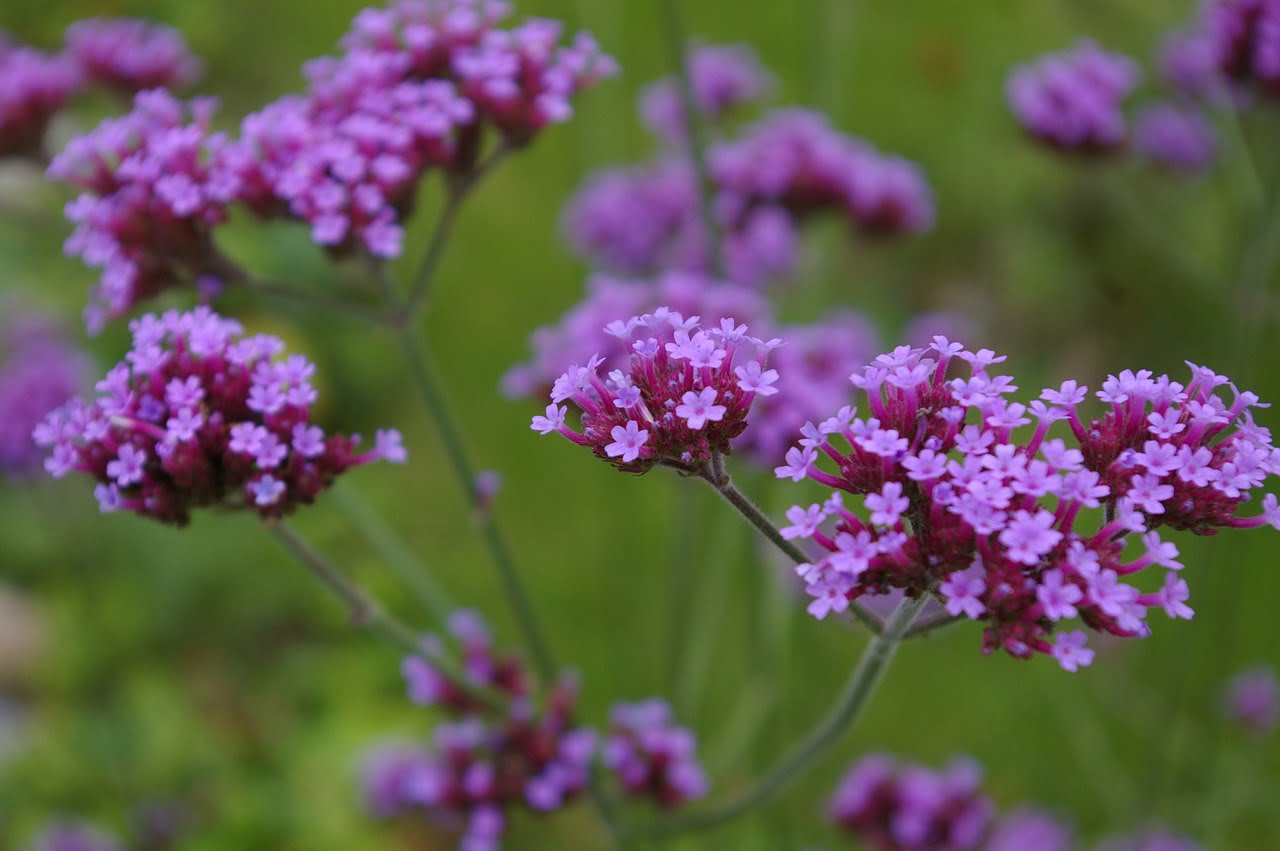
Verbena and Planting: A Comprehensive Guide
Introduction
In this article, we will delve into the fascinating world of verbena and explore the art of planting this delightful flowering plant. Whether you’re a seasoned gardener or a beginner looking to add beauty to your outdoor space, this guide will provide you with all the information you need to successfully cultivate and care for verbena. From understanding the different varieties of verbena to mastering the planting process, we’ve got you covered. So, let’s get started!
1. What is Verbena?
Before we dive into the planting process, it’s essential to know what verbena is. Verbena is a genus of flowering plants that belong to the Verbenaceae family. These plants are native to the Americas and are well-known for their colorful, showy flowers and pleasant fragrance. With over 250 species, verbena offers a wide array of choices for gardeners and landscaping enthusiasts.
2. The Different Varieties of Verbena
2.1. Common Verbena (Verbena Officinalis)
Common verbena, also known as vervain, is one of the most popular varieties. It features slender spikes of small, lilac or purple flowers and is often used for its medicinal properties.
2.2. Moss Verbena (Verbena Tenuisecta)
Moss verbena is a low-growing variety that forms a dense carpet of small flowers in various shades, including pink, purple, and white. It’s excellent for ground cover and adds a touch of charm to any landscape.
2.3. Homestead Purple Verbena (Verbena Canadensis ‘Homestead Purple’)
Known for its vibrant purple flowers and long blooming period, homestead purple verbena is a favorite among gardeners looking to attract pollinators like butterflies and bees.
2.4. Lollipop Verbena (Verbena Bonariensis ‘Lollipop’)
Lollipop verbena is a dwarf version of the popular tall verbena. It boasts clusters of lavender-purple flowers and is perfect for containers and small garden spaces.
3. Planting Verbena
3.1. Choosing the Right Location
Verbena thrives in full sunlight, so select a location that receives at least 6 to 8 hours of direct sunlight daily. Ensure the soil is well-draining, as verbena dislikes standing water.
3.2. Preparing the Soil
Before planting, work the soil to a depth of 8 to 10 inches and incorporate organic matter to improve fertility and drainage.
3.3. Sowing Seeds
If you’re starting from seeds, sow them indoors 8 to 10 weeks before the last frost. Once the seedlings are about 3 inches tall, you can transplant them outdoors.
3.4. Transplanting or Planting Seedlings
If you’re using seedlings, space them about 12 to 18 inches apart to allow sufficient room for growth. Gently pat down the soil around the plants after planting.
3.5. Watering
Water the newly planted verbena thoroughly, and continue to water them regularly until they establish strong root systems.
4. Caring for Verbena
4.1. Watering
While verbena is relatively drought-tolerant, consistent watering is crucial, especially during dry spells.
4.2. Deadheading
To encourage continuous blooming, remove faded flowers regularly.
4.3. Fertilizing
Apply a balanced, slow-release fertilizer every six to eight weeks to promote healthy growth and flowering.
4.4. Pruning
Prune the plant lightly after each flowering period to maintain its shape and encourage new growth.
5. The Benefits of Growing Verbena
5.1. Pollinator Attraction
Verbena’s vibrant blooms act as magnets for pollinators like bees, butterflies, and hummingbirds, enhancing the biodiversity of your garden.
5.2. Medicinal Uses
Certain verbena species, like common verbena, have been used for their medicinal properties, such as aiding relaxation and sleep.
5.3. Aesthetic Appeal
With its stunning array of colors and graceful appearance, verbena adds visual appeal to any garden or landscape.
Conclusion
In conclusion, verbena is a versatile and charming plant that can bring joy to any garden. By following the guidelines for planting and caring for verbena outlined in this article, you can enjoy a flourishing and beautiful outdoor space throughout the growing season.
FAQs
1. Is verbena an annual or perennial plant?
Verbena can be both an annual and a perennial, depending on the species and climate.
2. Can verbena tolerate cold temperatures?
Most verbena species are sensitive to frost and require protection during colder months.
3. How often should I fertilize my verbena plants?
Fertilize verbena every six to eight weeks using a balanced, slow-release fertilizer.
4. Can I grow verbena in containers?
Yes, certain verbena varieties, like lollipop verbena, are well-suited for container gardening.
5. Does verbena require a lot of maintenance?
Verbena is relatively low-maintenance but benefits from regular deadheading and pruning to promote continuous flowering.